[ST Ref: PT-B1-C13_240902: ‘Planetoid Trilogy’, ‘Star Island’, Chapter Thirteen: “Questions and Some Answers” – Alien Archaeology?]
Alien Archaeology?
Yes, this one of the themes in Chapter Thirteen, “Questions and Some Answers”, of “Star Island“, Book One of “Planetoid Trilogy“.

Are there really examples of Alien technology on Earth?
Well, most likely not. There are those that claim that certain ancient sites on Earth must have been built by aliens. They maintain that the structures or artifacts could not have been built by humans. That they must have been made by beings with much superior technology to that possessed by the human civilizations of that era. Often myths and legends and folk tales are quoted as evidence of Alien intervention.
But these claims do not generally survive close examination. Certainly the professional archaeologist and ancient language experts tend not to support these claims.
But what if we found something which seemed beyond even our modern technology? Wouldn’t we have to assume alien influence? Scientists would resist that conclusion and insist on irrefutable proof. This is normal and to be expected.
Ancient Ruins
What examples do we have of ancient ruins on Earth that have been claimed to be of Alien origin or influenced by Alien cultures?
There have been numerous attempts to see Alien influences in the building of the Egyptian pyramids and other structures. Recent writers and internet posters have suggested that some ancient Sumerian sites may have been built or influenced by Alien visitors to Earth. They suggest that the legends discovered written on cuneiform tablets may be interpreted to be accounts of visits by aliens (rather than the acts of gods, and therefore the creation tales written by poets, mystics or priests, based upon earlier folk legends).
These are colourful interpretations not generally accepted by the Sumerian experts.
There have been similar claims and interpretations made of Indian archaeology and Sanskrit texts, as well other Asian and American sites, art, and writings.
Ancient Mathematics
Some writers claim that the presence of apparently overly advanced mathematical knowledge is evidence of Alien interventions in the culture of certain ancient civilizations. These claims assume that just because such mathematical concepts were originally believed to have been invented or discovered more recently that this prevents the possibility that the human origin of the knowledge may in fact be earlier than previously thought.
There have been recent discussions of stone age mathematics, and of interesting stone age artifacts. These conversations illustrate the difficulty of trying to divine (guess) how our stone age ancestors thought and what they actually knew. It would certainly seem to be a mistake to assume that they were ignorant just because we are ignorant of their thoughts and culture.
The inability to read may be a handicap in our modern society but it would not be in an oral based culture. When everything is dependent upon oral and sign communication, written communication is not necessary.
A modern analogy to this phenomena in our modern age is the known ability of scientists and engineers to use mathematics and build infrastructure prior to the existence of the internet and electronic computers. In fact, even now, some engineering calculations can still be done quicker and more efficiently using a slide rule than using a more modern electronic calculator or computer.
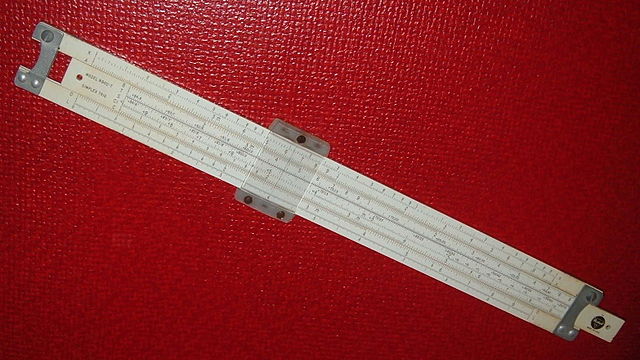
Original Thinking
Scientists are continually pushing the boundaries of existing knowledge. Archaeologists, historians and linguists, through their research, have pushed back the dates of discovery and invention of original human ideas and inventions.
For example, it was originally believed that the invention of cement for making concrete was invented by the Romans. The formula was then lost in the dark ages in Europe before being reinvented in modern times. But modern scholarship has discovered that the use of certain forms of cement predates the Romans.
Astronomy and Mathematics
Astronomy and mathematics are not modern inventions. Astronomy has of course advanced hugely since the invention of the telescope in the 16th century and especially in the 20th century with the exploration of the Universe with modern optical and radio telescopes.

Recent studies are in progress on the subject of stone age astronomy. This particular linked article discusses various examples of neolithic astronomy.

There is evidence from cave paintings and stone monuments that preliterate humans studied the night skies and made simple records of their observations by carving into stone. Any records made on perishable material such as velum, cloth or wood are unlikely to have survived after thousands of years, but there are surviving carvings in stone at megalithic sites that may have had more than mystical meaning to those that inscribed them.
Before the invention of writing, humans used oral traditions to record and remember facts and events, including oral maps of journeys and routes, and descriptions of places and events. We have evidence of this from the Australian Aboriginals and other non-literate peoples.

The Aboriginal settlement of Australia dates back at least 50,000 years before the land bridge from Asia was disrupted by the rising waters from the melting of the last Ice Age‘s northern ice sheet, at least 12,000 years ago.
Various modern preliterate societies used knotted strings and others notched staffs to record information or as memory aids.
Stone Age Knowledge
Late neolithic peoples would have been aware of the relationship between the seasons and the movement of the stars and planets in the sky during the course of each year. They would have noticed the reliable and repeated motions of the sun, moon, observable planets and stars relative to the seasons of the year. They would have drawn conclusions as to why these motions coincided with certain seasonal behaviours of plants and animals during the course of the year. They would have also used these astronomical movements to assist their navigation across the land and sea.
Farming and Irrigation
The Sumerians developed Cuneiform writing from their predecessors in the fertile crescent in southern Mesopotamia, between the sixth and fifth millennium BC. They appear to be the first civilization to record their knowledge of the sky and of mathematics. The Sumerians were basically the same as us in terms of natural intelligence and so there is no reason to think that their observations of the sky and measurement of distances and objects would not inevitably lead to the development of mathematics and engineering within the limits of the technology of the time. Their farming, architecture, and irrigation works are evidence of this knowledge developed over hundreds of years.
Living along the valleys of the Tigris and Euphrates rivers, Sumerian farmers grew an abundance of grain and other crops, a surplus which enabled them to form urban settlements.
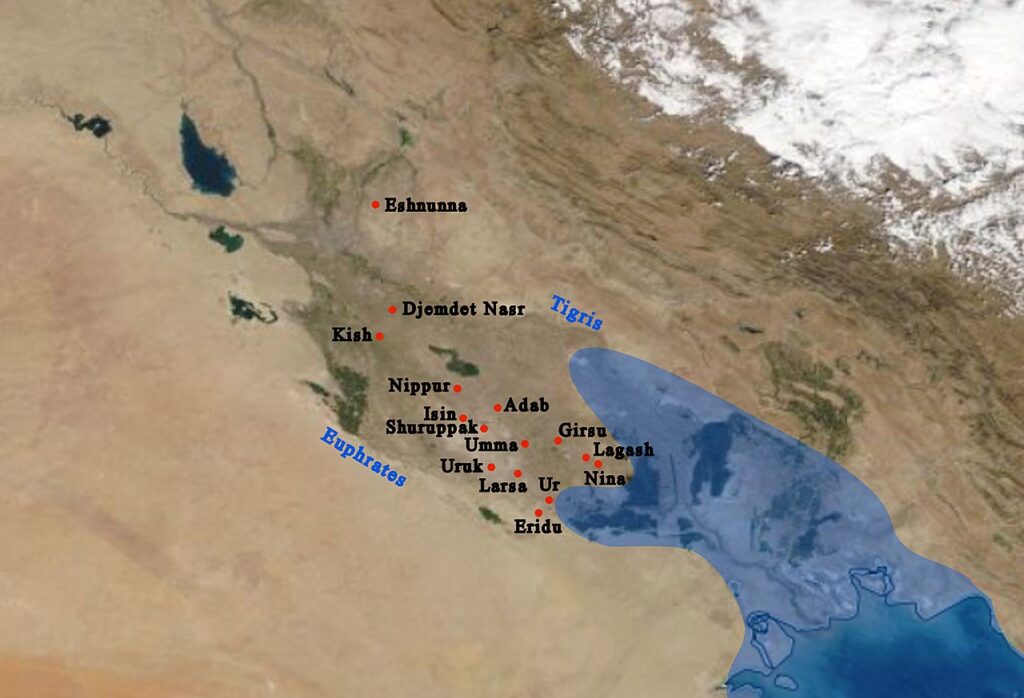
Just because we learnt trigonometry from the ancient Greeks does not preclude trigonometry from having been invented earlier in Sumeria. The Greeks were in communication with the civilizations in the fertile crescent and could well have obtained their knowledge of geometry from the Sumerians, or at least those aspects of mathematics that the Sumerians had already developed and is evidenced in Cuneiform on clay tablets.
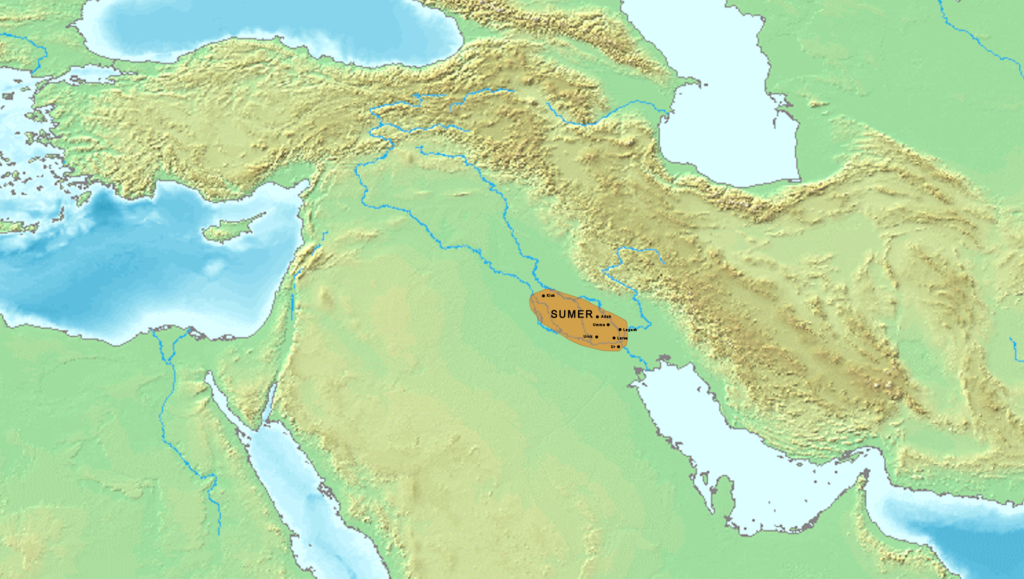
“The world’s earliest known texts come from the Sumerian cities of Uruk and Jemdet Nasr, and date to between c. 3350 – c. 2500 BC, following a period of proto-writing c. 4000 – c. 2500 BC.”
Proto-writing
Proto-writing existed before the writing developed by the Sumerians (Cuneiform) and Egyptians (Hieroglyphics). The Wikipedia article identifies the following stages of Proto-writing:
Paleolithic: included lines, dots, and “Y” symbols on Upper Paleolithic cave paintings (in over 400 caves across Europe) that appear to have been used to indicate the mating cycle of animals in a lunar calendar, Thus this provided evidence of a stone age humans’ knowledge of the lunar cycle as well as the behaviour of animals and the ability to draw conclusions from correlated events.
Neolithic: including in China: turtle shells with carved inscriptions featuring sets of symbols, dated to the 7th millennium BC;
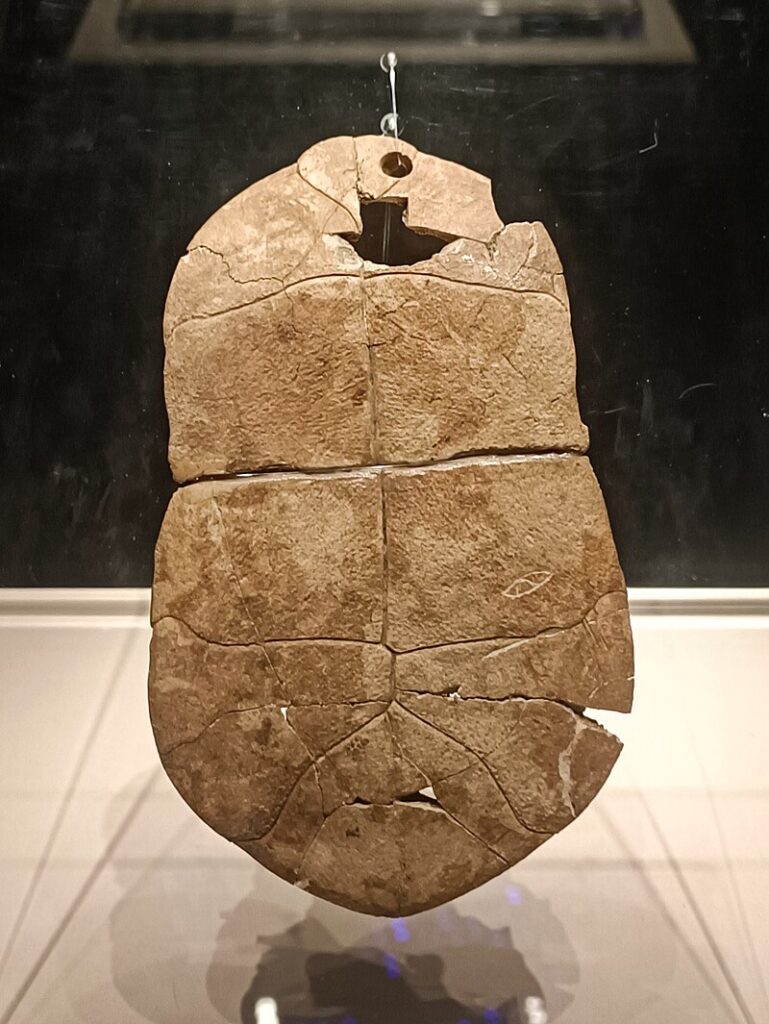
in Southeastern Europe: evolution of simple symbols to more complex forms, also dating from the 7th millennium.
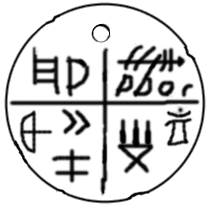
Chalcolithic and early Bronze Age: including in Mesopotamia: the development of Proto-cuneiform (c. 3500 BC). It evolves eventually into a writing system proper at the end of the 4th beginning of the 3rd millenniums BC;
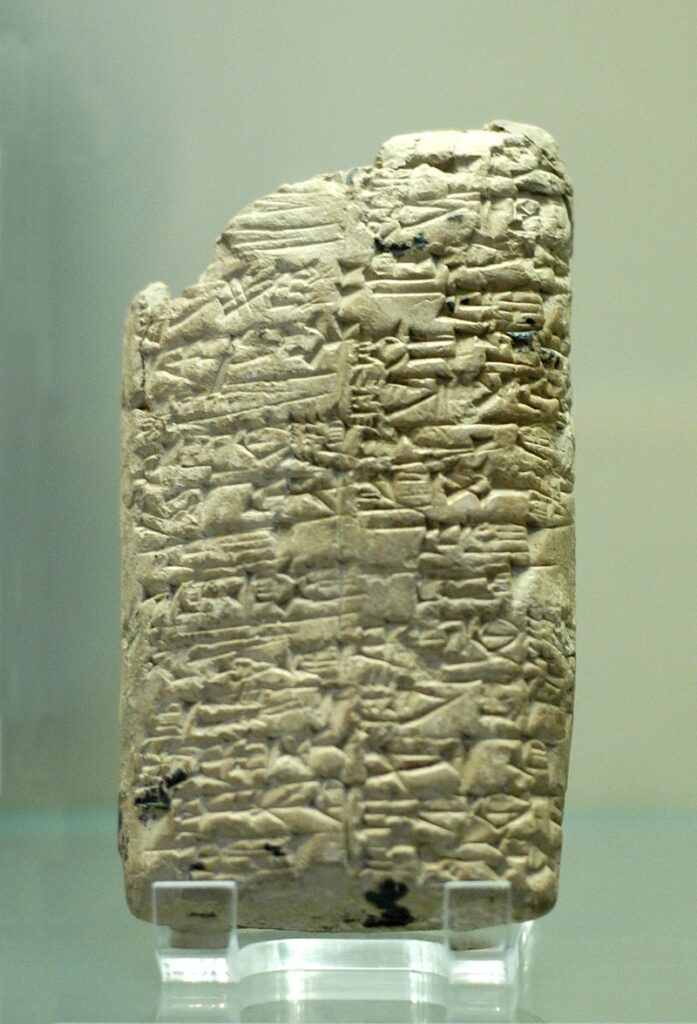
in Egypt: the development of the Egyptian hieroglyphs. Some experts believe that they were probably invented a little after the Sumerian script and may or may not have been influenced by the latter.
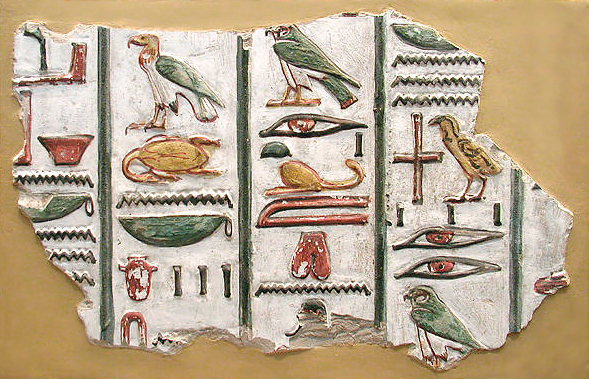
Evolution of the Development of writing
The gradual evolution of writing systems in different parts of the world over a long period of history evidences the human invention of writing. If there had existed an earlier and now lost global civilization, whether influenced or not by aliens, it would surely have provided residual knowledge that would have pre-empted any need for proto-writing systems.
Evidence of Alien Architecture?
But what if we found something today which seemed significantly advanced beyond even our modern technology? Wouldn’t we have to at least consider the possibility of alien influence? Scientists would resist that conclusion and insist on irrefutable proof. This is normal and to be expected.
Comments
We welcome your input to this discussion. Please leave your comments in the box below.
We look forward to hearing from you.